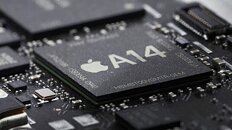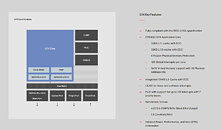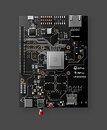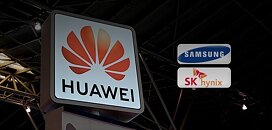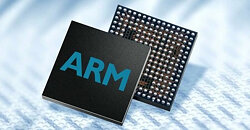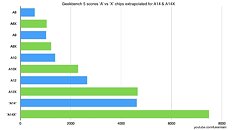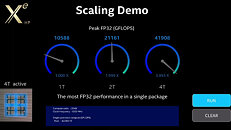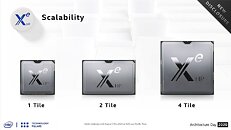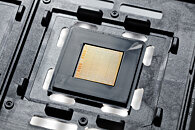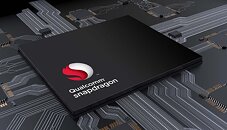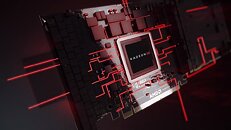
TSMC 5 nm Node Supply Fully Booked, Apple the Biggest Customer
TSMC has hit a jackpot with its newer nodes like 7 nm and now 5 nm, as the company is working with quite good yields. To boast, TSMC has seen all of its capacity of 7 nm being fully booked by customers like AMD, Apple, and NVIDIA. However, it seems like the company's next-generation 5 nm node is also getting high demand. According to the latest report from DigiTimes, TSMC's N5 5 nm node is fully booked to the end of 2020. And the biggest reason for that is the biggest company in the world - Apple. Since Apple plans to launch the next-generation iPhone, iPad, and Arm-based MacBook, the company has reportedly booked most of the 5 nm capacity for 2020, meaning that there are lots of chips that Apple will consume. TSMC can't be dependent only on one company like Apple, so the smaller portion of capacity went to other customers as well.
